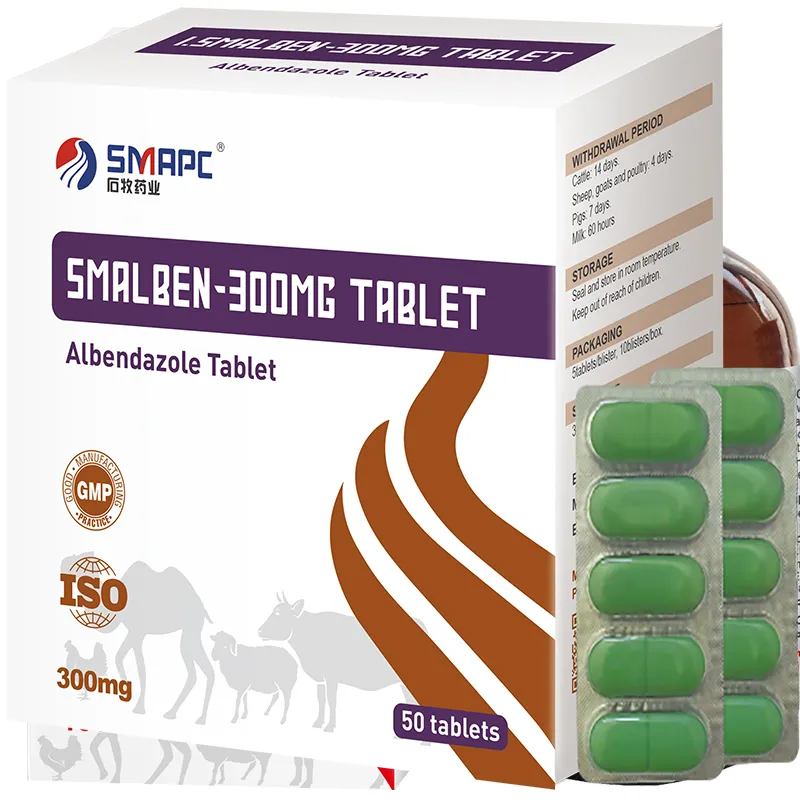The Food and Drug Administration (FDA) reviewed the safety of Sorbic Acid and Potassium Sorbate and determined that they were Generally Recognized As Safe (GRAS) as preservatives for direct addition to food. Sorbic Acid and Potassium Sorbate are effective for the control of mold and yeast in cheese products, baked goods, fruit juices, fresh fruits and vegetables, wines, soft drinks, pickles, sauerkraut, and certain fish and meat products. The safety of Sorbic Acid and Potassium Sorbate has been assessed by the Cosmetic Ingredient Review (CIR) Expert Panel. The CIR Expert Panel evaluated the scientific data and concluded that Sorbic Acid and Potassium Sorbate were safe for use in cosmetics and personal care products. In 2006, as part of the scheduled re-evaluation of ingredients, the CIR Expert Panel considered available new data on these ingredients and reaffirmed the above conclusion.






